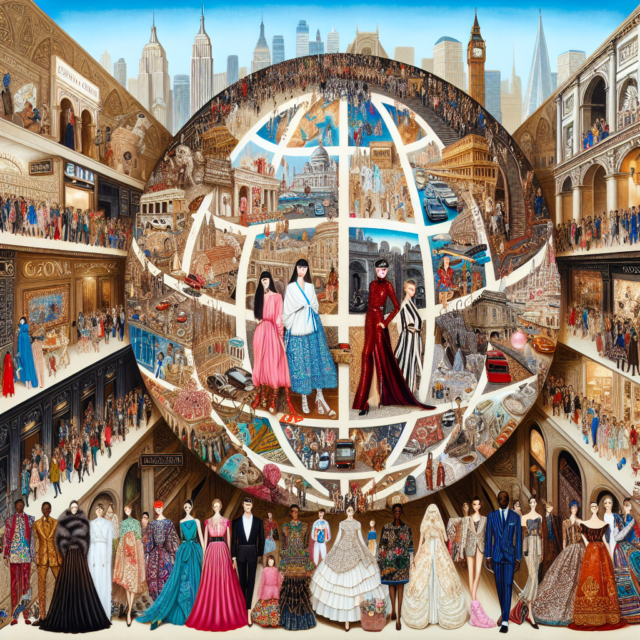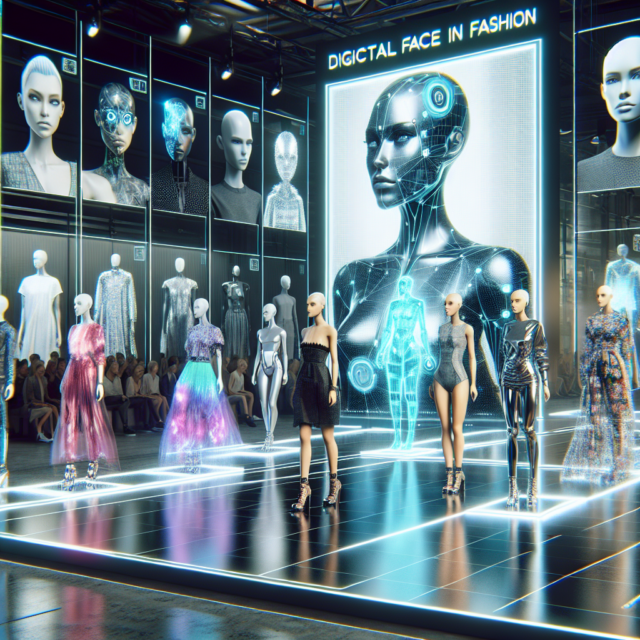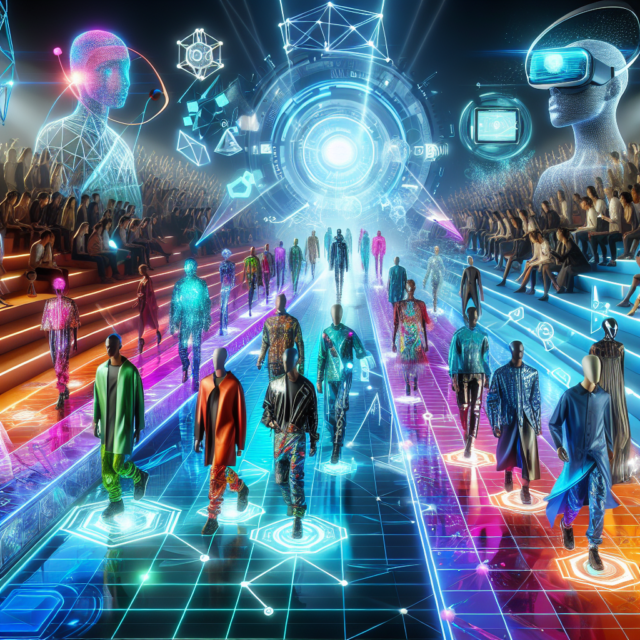Enhancing Customer Experience Through VR Technology
In today’s rapidly evolving digital landscape, businesses are continuously seeking innovative ways to enhance customer experience and engagement. Virtual Reality (VR) technology has emerged as a transformative tool that offers immersive and interactive experiences, elevating how companies interact with their customers. By integrating VR into their strategies, businesses can create unique and memorable experiences that not only attract but also retain customers. This article explores the potential of VR technology in enhancing customer experience by examining its integration into customer engagement, the transformation it brings to interactions, and the challenges that need to be addressed for successful implementation.
Integrating VR: A New Era in Customer Engagement
Virtual Reality has opened a new frontier in customer engagement by providing businesses with the ability to offer experiences that are both captivating and immersive. Unlike traditional marketing techniques, VR allows customers to interact with products and services in a simulated environment, which can significantly enhance their understanding and perception. This capability is particularly valuable in industries such as real estate, tourism, and retail, where customers can virtually explore properties, destinations, or products before making a purchase decision.
One of the key benefits of integrating VR into customer engagement strategies is the ability to create personalized experiences. By leveraging data analytics and machine learning, businesses can tailor VR experiences to meet the specific needs and preferences of individual customers. This level of personalization not only enhances customer satisfaction but also fosters a deeper emotional connection with the brand, leading to increased loyalty and advocacy.
Moreover, VR technology can be a powerful tool for storytelling, allowing businesses to convey their brand narrative in a more engaging and impactful way. Through immersive storytelling, companies can create experiences that resonate with customers on an emotional level, making them more likely to remember and share their experiences with others. This can lead to increased brand awareness and customer acquisition.
Another advantage of VR in customer engagement is its ability to provide instant feedback and insights. By analyzing how customers interact with VR environments, businesses can gain valuable insights into customer behavior and preferences. This data can be used to refine and optimize marketing strategies, ensuring that they are more effective and aligned with customer expectations.
Despite the numerous benefits, integrating VR into customer engagement strategies requires careful planning and execution. Businesses need to consider factors such as cost, technological infrastructure, and user experience design to ensure that their VR initiatives are successful. Additionally, it is important to continuously evaluate and adapt VR strategies to keep up with technological advancements and changing customer expectations.
Overall, the integration of VR technology into customer engagement strategies represents a significant opportunity for businesses to differentiate themselves in a competitive market. By embracing VR, companies can create innovative and memorable experiences that not only captivate customers but also drive business growth.
Transforming Interactions with Immersive Experiences
Virtual Reality has the potential to fundamentally transform the way businesses interact with their customers by creating immersive experiences that go beyond the limitations of traditional media. By transporting customers into a virtual world, businesses can provide a level of engagement that is unmatched by any other medium. This transformation is evident in various sectors, including retail, entertainment, and education, where VR is being used to enhance customer interactions.
In the retail sector, VR technology allows customers to virtually try on clothes, accessories, or even makeup, providing a realistic and interactive shopping experience. This not only helps customers make more informed purchase decisions but also reduces the likelihood of returns, thereby improving customer satisfaction and reducing costs for businesses. Additionally, VR can be used to create virtual showrooms, enabling customers to explore a wide range of products without the need for physical space.
In the entertainment industry, VR is revolutionizing the way content is consumed by offering immersive experiences that engage all the senses. From virtual concerts and theme park rides to interactive storytelling and gaming, VR provides a level of immersion that captivates audiences and keeps them coming back for more. This not only enhances customer experience but also opens up new revenue streams for businesses through ticket sales, subscriptions, and in-app purchases.
The education sector is also benefiting from VR technology, as it offers students a more engaging and interactive learning experience. Through virtual field trips, simulations, and interactive lessons, students can explore complex concepts and environments in a way that is both informative and entertaining. This not only enhances learning outcomes but also increases student motivation and engagement.
Healthcare is another industry where VR is transforming interactions by providing patients with immersive therapy and rehabilitation experiences. By simulating real-life scenarios, VR can help patients overcome phobias, manage pain, and improve motor skills, leading to better health outcomes and improved quality of life. Additionally, VR can be used for medical training, allowing healthcare professionals to practice procedures in a safe and controlled environment.
While the potential of VR to transform interactions is immense, it is important for businesses to consider the user experience when designing VR applications. Ensuring that VR experiences are intuitive, accessible, and comfortable is crucial for maximizing customer satisfaction and engagement. Additionally, businesses must be mindful of privacy and security concerns when collecting and storing customer data in VR environments.
In conclusion, VR technology has the power to transform customer interactions by creating immersive experiences that engage and delight. By leveraging VR, businesses can provide unique and memorable experiences that not only enhance customer satisfaction but also drive brand loyalty and business growth.
Overcoming Challenges in VR Implementation Strategies
While the potential benefits of VR technology in enhancing customer experience are significant, businesses must also navigate a range of challenges when implementing VR strategies. One of the primary challenges is the high cost associated with developing and deploying VR applications. Creating high-quality VR content requires specialized skills, software, and hardware, which can be expensive and time-consuming. Businesses need to carefully evaluate the return on investment and consider scalable solutions to ensure that VR initiatives are financially viable.
Another challenge is the need for robust technological infrastructure to support VR applications. This includes high-performance computing systems, reliable internet connectivity, and advanced VR headsets. Ensuring that customers have access to the necessary equipment and technology can be a barrier, particularly in regions with limited technological resources. Businesses may need to explore partnerships or rental models to make VR experiences more accessible to a wider audience.
User experience design is also a critical consideration in VR implementation. Creating VR experiences that are intuitive, engaging, and comfortable requires a deep understanding of user behavior and preferences. Businesses need to invest in user research and testing to ensure that VR applications meet customer expectations and provide a seamless experience. This includes addressing issues such as motion sickness, which can be a concern for some users.
Privacy and security are additional challenges that businesses must address when implementing VR strategies. The use of VR technology often involves the collection and processing of personal data, which raises concerns about data protection and privacy. Businesses must ensure that they comply with relevant regulations and implement robust security measures to protect customer data and maintain trust.
Furthermore, businesses must consider the rapidly evolving nature of VR technology and the need to stay up-to-date with the latest advancements. This requires ongoing investment in research and development to ensure that VR applications remain relevant and competitive. Businesses need to be agile and adaptable, ready to pivot their strategies as new technologies and platforms emerge.
Finally, successful VR implementation requires a cultural shift within organizations. Businesses need to foster a culture of innovation and experimentation, encouraging employees to embrace new technologies and explore creative solutions. This may involve training and development programs to build the necessary skills and knowledge within the organization.
In conclusion, while there are challenges associated with implementing VR strategies, businesses that can successfully navigate these obstacles stand to gain a significant competitive advantage. By overcoming these challenges, companies can harness the power of VR to create innovative and impactful customer experiences that drive engagement, loyalty, and growth.
As businesses continue to explore new ways to enhance customer experience, Virtual Reality technology presents a compelling opportunity to transform customer engagement and interactions. By integrating VR into their strategies, companies can create immersive and personalized experiences that captivate customers and foster brand loyalty. However, successful implementation requires careful planning and consideration of various challenges, including cost, infrastructure, user experience, privacy, and technological advancements. By addressing these challenges and embracing the potential of VR, businesses can unlock new possibilities for growth and differentiation in an increasingly competitive market.




















